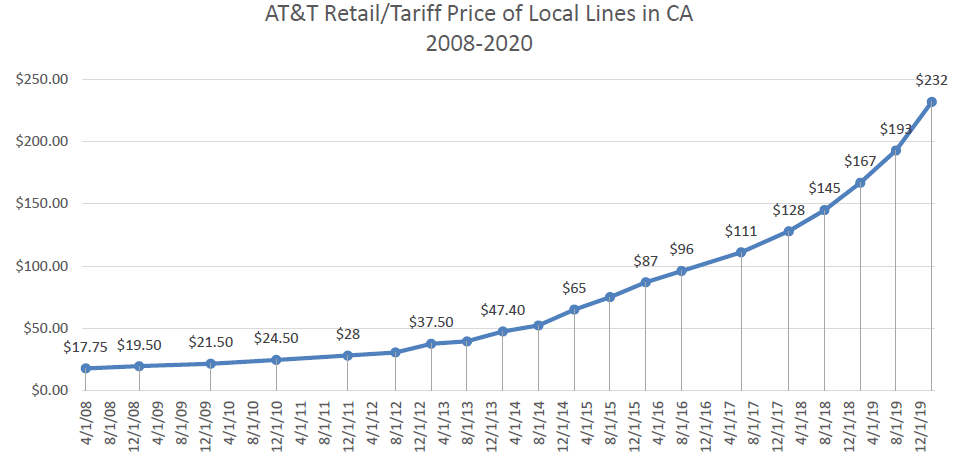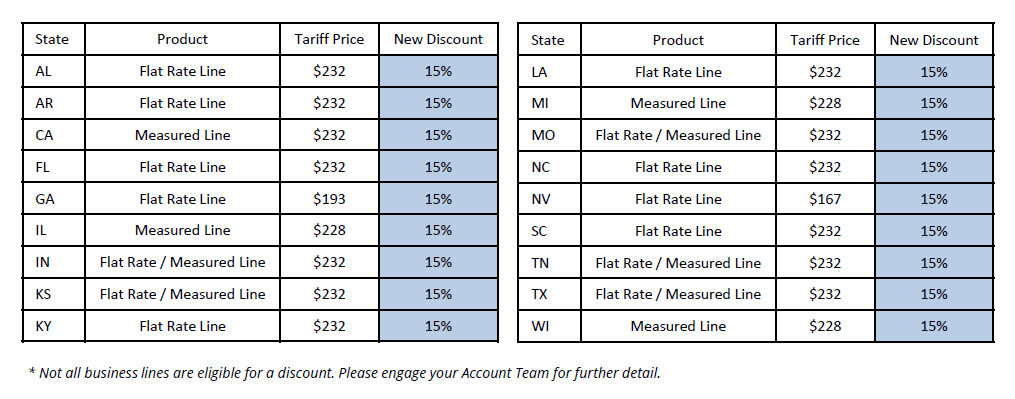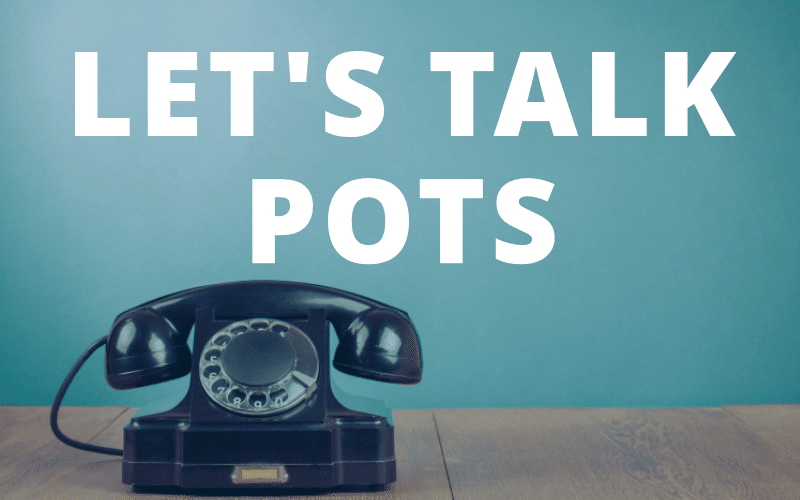Way back in 2011, writing in Connected World, author Laurie Lamberth mapped out the timeline for the looming demise of the Plain Old Telephone System. “The phone networks that have provided reliable voice service for Americans for 100 years will be phased out within the next five to seven years.”
It’s taken a bit longer than Lamberth anticipated, but the days of copper lines are definitely coming to an end. In 2017 the FCC gave providers the go-ahead to sunset their POTS lines.
As of May 2020, a report from the CDC revealed that nearly 60% of households do not have a landline and rely solely on cellphones. That still leaves some 36 million POTS lines in service according to the FCC. Although it’s become a trend for younger business people to use their personal cellphones for business instead of a desk phone, many businesses are clearly still using landlines for talk, faxing, elevators, and security alarms.
Less use of landlines means less resources are being put into maintaining a system that is essentially crumbling and being replaced with newer, more flexible technology. Instead of pouring money into an antiquated system, carriers are investing in creating and maintaining cellular networks and fiber lines.
In speaking of the outdated landlines network, Paul La Schiazza, AT&T’s Illinois president, said, “We’re investing in a technology that consumers have said they don’t want anymore, and wasting precious hundreds of millions of dollars that could be going to the new technologies that would do a better job of serving customers.” Landlines are being phased out by carriers in this age of bigger, better, faster technology.
What about costs? From 2008-2019, POTS line prices have gone up significantly. Over those 12 years, POTS prices increased from $17.75 to $232 per month in some states, a 1207% increase. For businesses with multiple landlines, that is just downright pricey. In other states, carriers have been replacing copper services and facilities with fiber technology, selling assets to other providers, or simply decommissioning those services.

What does this mean for your business if you are still reliant on POTS lines? It takes time to replace services and migrate to newer technology, which is why vCom has negotiated contracted rates with the likes of AT&T, Verizon, and CenturyLink to help lift the burden on those costs. For example, for years, we’ve been able to offer a 15% discount off the AT&T tariff for California customers. Thanks to further negotiations, we are now able to offer this discount in 17 other states besides California.

Not only can vCom help businesses save 15% on POTS lines, where possible, we have transitioned services to other competitive local exchange carriers with lower pricing. We can also assist with removing company reliance on POTS lines altogether, to significantly more cost-effective, long-term, and reliable cloud-based alternatives like UCaaS, eFax, and VoIP. That means less hardware to worry about and more flexibility for B2B and B2C.
Make no mistake, POTS will go the way of the telegram and the time for making the required changes is growing shorter. Let us know how we can help.


